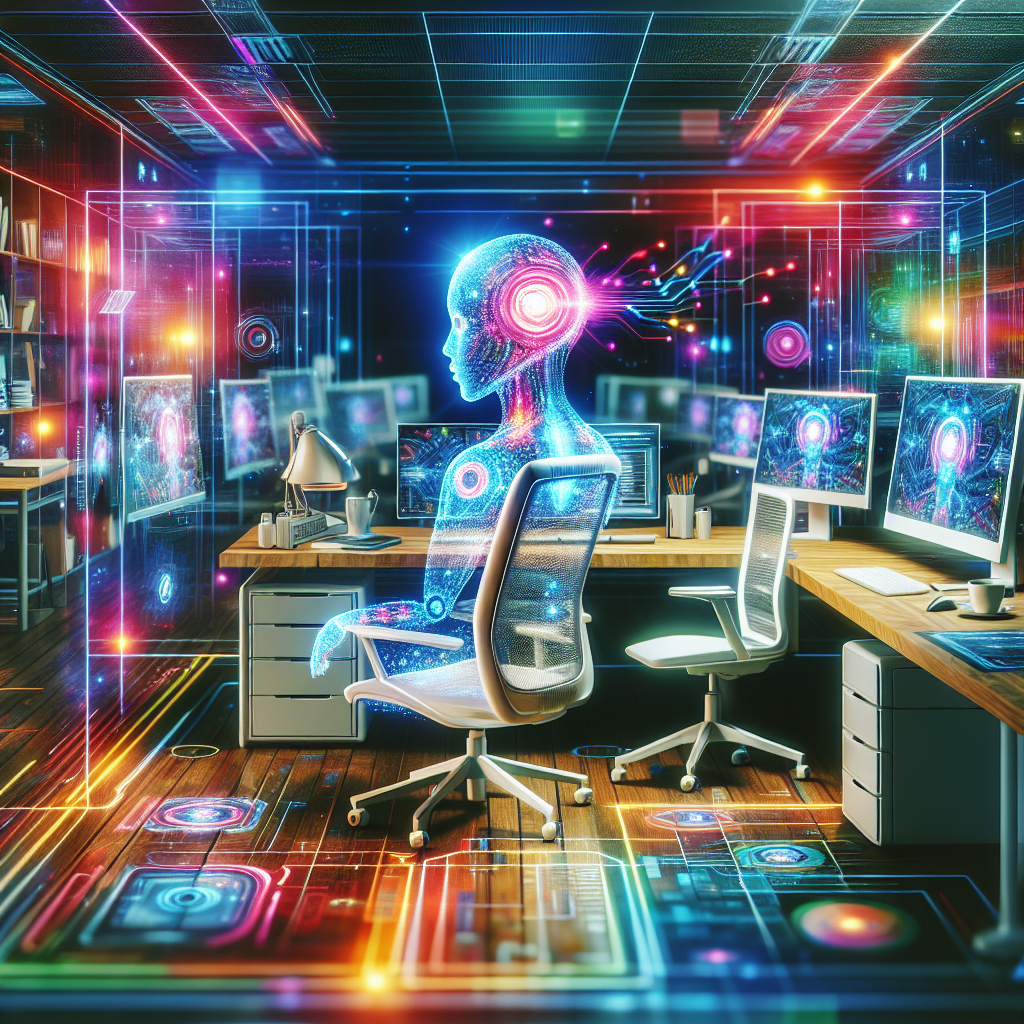The Rise of AI: A Deep Dive into the Latest Trends and Insights
Artificial Intelligence (AI) has become the buzzword of the decade, seamlessly integrating itself into various sectors and reshaping how we operate. From creative arts to technical inquiries, AI's influence is pervasive. However, as delightful and fascinating as this evolution appears, it comes with its own set of intricacies and discussions that are worth exploring. This analysis will dissect the current landscape of AI, highlighting recent developments, emerging frameworks, and the community's response.
AI's Recent Developments: Embracing the Unknown
The AI journey is one filled with exciting shifts and unexpected turns. One of the most notable points of discussion is the emerging frameworks and models like GPT-5—often dubbed as the next big thing in AI. Though predictions regarding its full autonomy and accuracy are rife, many enthusiasts are left questioning whether such advancements will truly revolutionize the field. Some believe these advancements are merely theoretical, while others argue they represent a significant leap forward.
While some tech enthusiasts exploring these innovations express tremendous excitement, the broader community remains cautious. The dialogue around AI capabilities continues to evolve, with highlights coming from discussions on recent AI-driven live streams and community forums. It seems that the relationship between creators and AI tools is more nuanced than ever, raising questions about authenticity, creativity, and the essence of human touch in artistic expression.
The Emergence of Strawberry Framework
Among the newest topics stirring the pot is the "Strawberry" framework, an architecture that aims to harness human-level problem-solving capabilities. This framework has sparked a series of theories and speculations about its potential impact on AI functionality. With high-level reasoning abilities purportedly at its core, Strawberry challenges the boundaries traditionally associated with large language models (LLMs). The buzz surrounding it was amplified when the CEO of OpenAI chimed in on social media, discussing the excitement around this framework.
As the community aims to understand the implications of Strawberry, many enthusiasts linger on the sidelines, wondering if this could be a game-changer or if it's simply another flash in the pan. The underlying debate continues—will this innovation genuinely enhance AI capabilities, or are we looking at another iteration of existing technologies? What seems clear, however, is that the community is already dissecting its possibilities and limitations.
Community Engagement: The Power of Live Interactions
The role of community in nurturing the development of AI technologies cannot be understated. The prevalence of live streaming platforms, where creators discuss and explore AI capabilities in real time, serves as a testament to this growing engagement. The ability to witness discussions on frameworks like Strawberry, while contributing thoughts and insights as viewers, creates a collaborative environment where knowledge thrives.
These interactive platforms provide creators an opportunity to brainstorm, exchange ideas, and share their experiences using various AI tools. Occasionally, the discussions can drift into humorous territory, featuring light-hearted banter that keeps the atmosphere engaging. For instance, the notable mention of how a channel mascot—a lemon plushie—has become a quirky symbol within the community reflects the blend of creativity and personal connection in this digital age.
Balancing Innovation with Caution
As we navigate through these conversations, it's essential to address the underlying tension between innovation and caution. The arrival of powerful AI tools brings both opportunities and challenges. While there is a surge in optimistic predictions about AI's role across various sectors, the potential risks associated with these developments remain a cause for concern.
One of the most pressing issues is misinformation and the reliability of AI-generated content. Questions around "hallucinations" or inaccuracies in AI responses underscore the necessity for robust verification mechanisms. The dialogue often shifts toward how we can cultivate responsible AI usage alongside advancements. The promise of accuracy and seamless interaction will heavily depend on a collective effort from developers, users, and researchers.
Future Prospects: The Human-AI Collaboration
Looking ahead, the future of AI seems poised for fascinating dynamics, particularly in the realm of human-AI collaboration. We are entering an era where AI can complement human creativity rather than merely replace it. This shift invites a re-examination of how we perceive creativity itself—what constitutes a truly creative endeavor, and how will perceptions evolve in the wake of AI integration?
There is a palpable excitement over the prospect of a co-creative relationship, where AI can assist in generating new ideas, exploring unique concepts, and even challenging existing artistic norms. This potential merger encourages us not only to envision a future where humans and machines coexist harmoniously but also to reconsider the very definitions of artistry and creativity.
Community Response and Support
As AI continues its trajectory of growth, the community plays an indispensable role in shaping its direction. Engaging discussions surrounding recent developments, like Strawberry and other frameworks, ignite enthusiasm while ensuring critical perspectives remain aligned with technological advances.
From lively streams filled with insights to online forums where knowledge exchange occurs, the pathways for collaboration are endless. The more voices that enter this dialogue, the better we can navigate the complexities of AI and ensure it serves humanity effectively.
In summary, the evolution of AI is a multifaceted journey, filled with excitement, speculation, and a healthy dose of skepticism. As the community continues to explore and challenge existing norms, we can expect to witness unprecedented developments in the landscape of artificial intelligence.
For a closer look at the discussions and developments taking place in the field, check out this video:
https://www.youtube.com/watch?v=uHHfbWNx-RE
AI is here—embrace the possibilities, stay vigilant, and let your creativity soar!
Related News
- Navigating the Ever-Evolving Maze of AI: A Deep Dive into Current Progress and Potentials
- The Rapid Evolution of AI: Bridging the Gap Between Dreams and Reality
- Harnessing the Accelerated Pace of AI Innovation: A Deep Dive into Recent Developments
- The Whirling World of AI: A Zesty Deep Dive Into the Latest Updates
- The Rising Tide of AI Integration: A Comprehensive Look into Recent Developments
